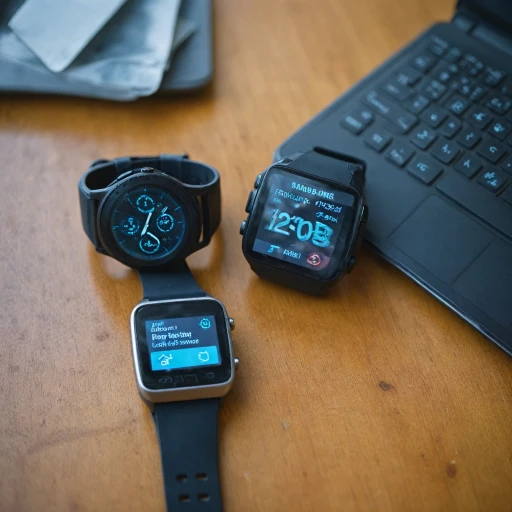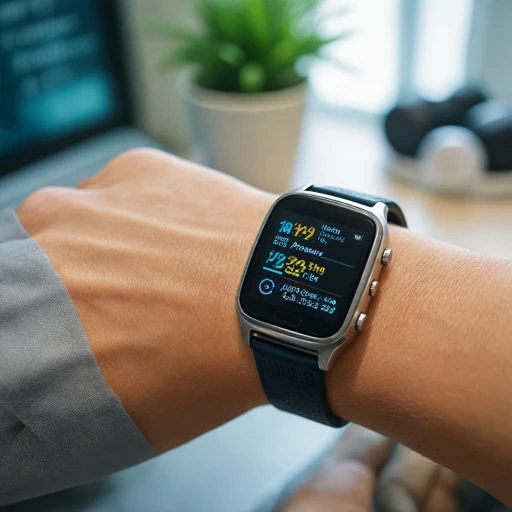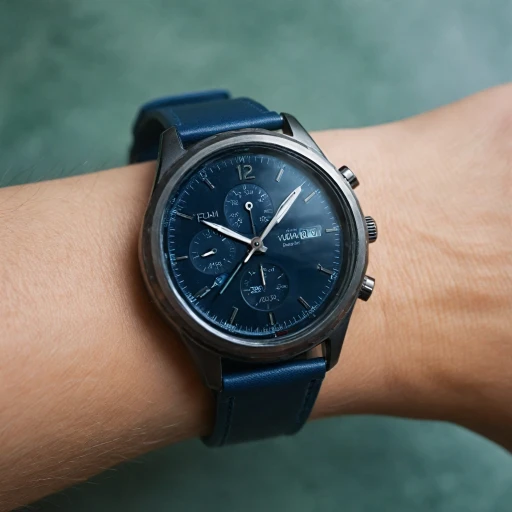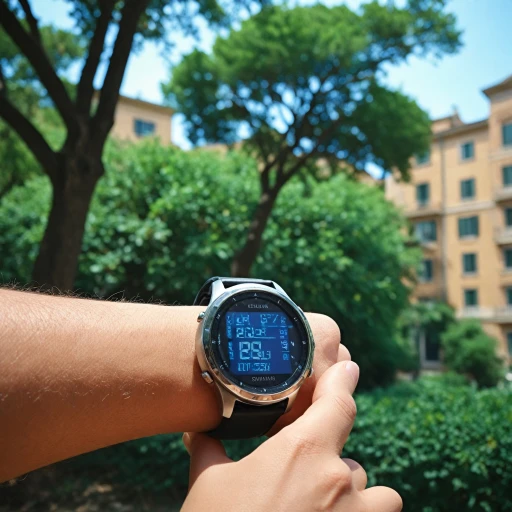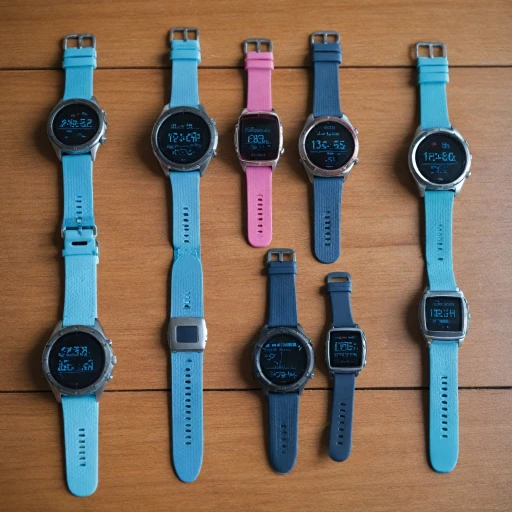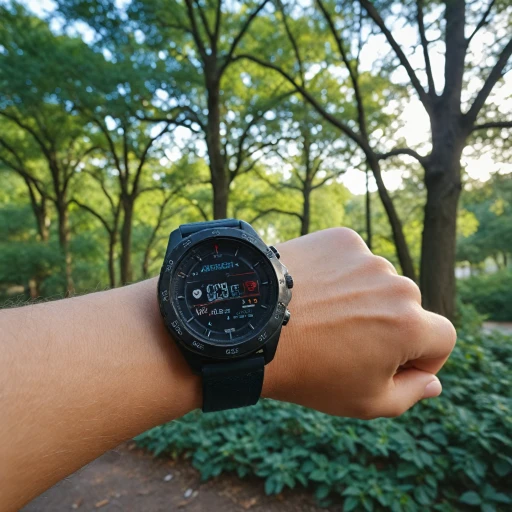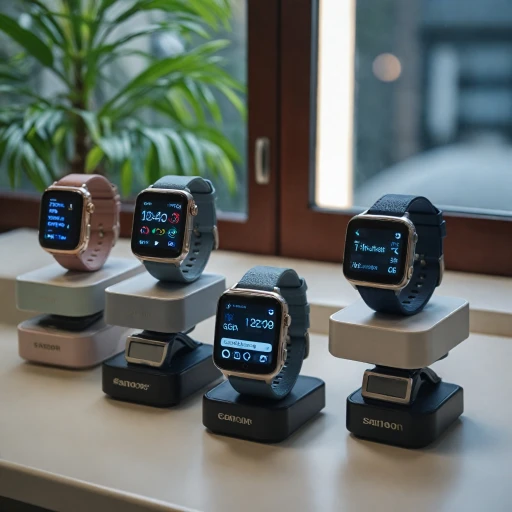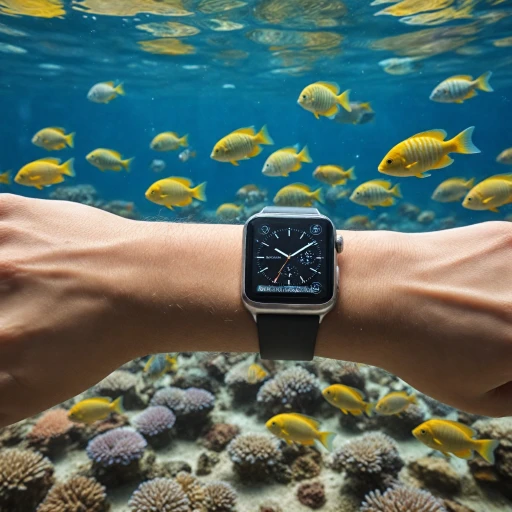
Understanding the Apple Watch Sleep Tracker
Introduction to the Apple Watch Sleep Tracker
Understanding the Apple Watch Sleep Tracker begins with recognizing it as a robust tool designed to improve users' sleep habits. This feature, found within the Apple Watch, focuses on tracking sleep patterns through advanced technology, providing valuable insights into how you sleep each night. With the Apple Watch, you have the ability to monitor your sleep schedule, thus enabling you to set a sleep goal to meet your health needs. The sleep tracking app utilizes various sensors like heart rate monitors and accelerometers to collect comprehensive sleep data. By doing this, it evaluates the user's sleep quality and displays detailed results on the iPhone through the Health app. Key aspects of this data include sleep stages and the time you spend in each. One of the significant draws of the Apple Watch Sleep Tracker is its integration with other apps, allowing users to fine-tune their sleep schedule and wake time. This feature helps create a fuller picture of one's daily sleep patterns. By understanding the application's functionality, users can make informed decisions to turn their sleep health into a priority. This is achieved through personalized recommendations and an overview of one's sleep focus. Users can adjust settings to track sleep more accurately by maintaining a consistent sleep-wake schedule. In forthcoming sections, we will explore how the tracker operates and its benefits, especially in comparison to other sleep tracking devices. Furthermore, we'll dive into strategies for improving the accuracy of data collected through the watch app, addressing some common concerns surrounding sleep tracking on such devices.How the Sleep Tracker Works
How the Apple Watch Sleep Tracking Functionality Works
The Apple Watch is more than just a timepiece; it functions as a comprehensive sleep companion. Through its Sleep app, this innovative device offers users a nuanced way to monitor and understand their nightly rest, tapping into a variety of features to provide a holistic view of sleep patterns. To start, users need to set a consistent sleep schedule on their iPhone. This helps in establishing a sleep goal tailored to promote better health over time. One of the core functionalities is its ability to track different sleep stages. While you rest, the watch sleep tracker captures heart rate and micro-movements to determine when you're in light, deep, or REM sleep. This data collection is significant, as it fills in a detailed tapestry of your sleep behavior that can be further analyzed via the Health app. To ensure accuracy in tracking sleep patterns, users are encouraged to turn on Sleep Focus mode. This feature minimizes distractions by silencing notifications during designated sleep hours. The process is simple: users can tap on the Sleep app on the watch, which then automatically aligns their sleep schedule for real-time sleep tracking. The information collected includes sleep duration and sleep quality levels. After waking up, the app offers insights into how well you slept, showing the exact time you've both fallen asleep and awakened. Transitioning these sleep data into tangible lifestyle changes can contribute significantly to your overall well-being, highlighting the essential role that the Apple Watch plays in enhancing sleep quality.Benefits of Using the Apple Watch for Sleep Tracking
Unleashing the Power of Sleep Data for Better Rest
Using the Apple Watch to track sleep is more than just monitoring when you go to bed and wake up. The sleep tracker offers an unparalleled experience in dissecting your nightly rest, providing insight that goes beyond what meets the eye.
The Apple Watch sleep app is designed to record the duration you spend in bed and sleeping, breaking this down into different stages such as light, deep, and REM sleep. With integrated sensors, your watch captures heart rate data and movement, ensuring a comprehensive picture of your sleep patterns. This is how the Apple Watch sets itself apart as a valuable companion for achieving your sleep goals.
In addition to the detailed sleep stages, users can view their sleep schedule and trends over time through the Health app on their iPhone. This gives a broader perspective on how lifestyle changes or environment adjustments might affect sleep quality.
The integration with the iPhone also allows for personalized notifications. For instance, you can set sleep reminders through the app to maintain a consistent sleep schedule, tapping you on the wrist when it's time to turn off the lights. This proactive approach helps maintain a sleep focus that is essential for health improvement.
Further enhancing the utility of Apple Watch in sleep tracking is the option to link with other health metrics. Maintaining a sleep schedule sync that includes heart rate tracking provides additional layers of data. It's not just about quantity; it's about understanding sleep at a level where every detail counts. By combining these features with corresponding apps, users can fill in the gaps when tracking their overall health picture. For more insights into how wearable technology can aid your health journey, check out this exploration of blood pressure monitoring wrist watches.
Apple Watch users gain the advantage of having their sleep health data right on their wrist, enhancing awareness and empowering their nightly rest management.
Comparing Apple Watch Sleep Tracker with Other Devices
Juxtaposing Sleep Tracking Devices: How Does the Apple Watch Compare?
When diving into the realm of sleep tracking devices, the Apple Watch stands out with its unique features and seamless integration with Apple’s ecosystem. But how does it fare when compared to other sleep tracking options available in the market?- Integration with Ecosystem: Apple Watch offers a smoothly integrated experience for users who have an iPhone, allowing them to view sleep data within the Health app. This interconnectedness means that users can effortlessly track sleep, review sleep data, and manage their sleep goals all from their Apple devices.
- User-Friendly Interface: The Apple Watch sleep tracker is known for its user-friendly interface. By simply tapping the sleep app on the watch, users can quickly view their sleep stages, track sleep patterns, and adjust settings as needed. Other devices might require more time to familiarize oneself with the user interface, adding a layer of complication that the Apple Watch deftly avoids.
- Focus on Overall Health: While many devices focus purely on sleep tracking, the Apple Watch provides a more comprehensive overview of health. With heart rate monitoring, users can analyze how different sleep phases affect overall heart health. This level of detail is beneficial for setting a full schedule that takes into consideration sleep patterns, allowing users to turn focus towards a well-balanced health regime.
- Ease of Setting Sleep Schedule: With the Apple Watch, setting a sleep schedule—or adjusting one—is a straightforward process. The watch app on the iPhone allows users to manage their sleep time with ease and track sleep just by enabling the feature. Additionally, Apple’s Sleep Focus feature cues users to wind down before bedtime, promoting better sleep hygiene.
- Reliability of Sleep Tracking: Many users find the Apple Watch's sleep tracking to be quite accurate thanks to its advanced technology. While no device is perfect and some discrepancies can occur—something discussed in depth elsewhere—Apple’s consistent updates work to refine and fill any gaps in tracking accuracy over time.
Tips for Maximizing Sleep Tracking Accuracy
Achieving Precision in Sleep Tracking
Achieving the most precise results when using the Apple Watch to track your sleep involves a few key considerations. With the following tips, you can optimize your watch and maximize accuracy:- Secure Fit: Ensure your Apple Watch is comfortably secured on your wrist before bed. A proper fit allows the sensors to function optimally, providing accurate data on heart rate and sleep stages.
- Update the Software: Keep both the watch and the iPhone updated to the latest software versions. This ensures that the Sleep app and the Health app perform seamlessly, enhancing tracking capabilities.
- Set a Sleep Schedule: Utilize the Sleep app on your Apple Watch to set a sleep schedule. Consistency helps in better analysis of sleep patterns. The bedtime and wake-up alarms on your watch may encourage sticking to a full schedule.
- Enable Sleep Focus: The Sleep Focus feature reduces distractions. Enable this to minimize alerts, allowing your watch to concentrate on tracking your sleep uninterrupted.
- Customize Notifications: Customizing the notifications you receive during sleep hours can prevent unnecessary disturbances. Focus and filling in details about your sleep goal and schedule can further enhance your sleep tracking experience.
- Regular Calibration: Check that the watch's sensors are regularly calibrated, particularly if you notice discrepancies in the heart rate data or sleep levels tracked. Calibration adjustments can be managed through the watch app on your iPhone.
